Rising Environmental Awareness
The increasing awareness regarding environmental issues appears to be a primary driver for the Plant Based Packaging Market. Consumers are becoming more conscious of their ecological footprint, leading to a surge in demand for sustainable packaging solutions. Reports indicate that approximately 70% of consumers are willing to pay more for products packaged in environmentally friendly materials. This shift in consumer behavior is prompting manufacturers to innovate and adopt plant-based materials, which are perceived as less harmful to the environment. Consequently, companies are investing in research and development to create biodegradable and compostable packaging options, thereby enhancing their market position within the Plant Based Packaging Market.
Shifts in Consumer Preferences
Shifts in consumer preferences towards sustainable products are driving the Plant Based Packaging Market. A growing segment of consumers is actively seeking out products that align with their values, particularly those that emphasize sustainability and environmental responsibility. Surveys indicate that nearly 60% of consumers prefer brands that utilize eco-friendly packaging. This trend is prompting companies to reevaluate their packaging strategies and invest in plant-based alternatives. As a result, the Plant Based Packaging Market is witnessing an influx of new entrants and innovative products designed to cater to this evolving consumer base, thereby enhancing market dynamics.
Corporate Sustainability Initiatives
Corporate sustainability initiatives are increasingly influencing the Plant Based Packaging Market. Many companies are adopting comprehensive sustainability strategies that encompass their entire supply chain, including packaging. This commitment to sustainability is often driven by consumer demand, regulatory pressures, and the desire to enhance brand reputation. As a result, numerous corporations are setting ambitious targets for reducing plastic usage and transitioning to plant-based packaging solutions. Market analysis indicates that companies that prioritize sustainability are likely to experience improved customer loyalty and market share. This trend is expected to continue shaping the Plant Based Packaging Market as more businesses recognize the long-term benefits of sustainable practices.
Government Regulations and Incentives
Government regulations and incentives play a crucial role in shaping the Plant Based Packaging Market. Many countries are implementing stringent regulations aimed at reducing plastic waste and promoting sustainable packaging alternatives. For example, several regions have introduced bans on single-use plastics, which has led to a heightened demand for plant-based packaging solutions. Additionally, governments are offering financial incentives for companies that invest in sustainable practices, further encouraging the transition to eco-friendly materials. This regulatory landscape is likely to foster innovation and competition within the Plant Based Packaging Market, as businesses strive to comply with new standards while meeting consumer demands.
Technological Advancements in Material Science
Technological advancements in material science are significantly influencing the Plant Based Packaging Market. Innovations in biopolymer production and processing techniques are enabling the development of high-performance plant-based materials that can compete with traditional plastics. For instance, the introduction of new extraction methods for plant fibers has led to the creation of stronger and more versatile packaging solutions. Market data suggests that the bioplastics segment is expected to grow at a compound annual growth rate of over 15% in the coming years. This growth is likely driven by the increasing availability of advanced materials that meet both consumer expectations and regulatory requirements, thereby propelling the Plant Based Packaging Market forward.


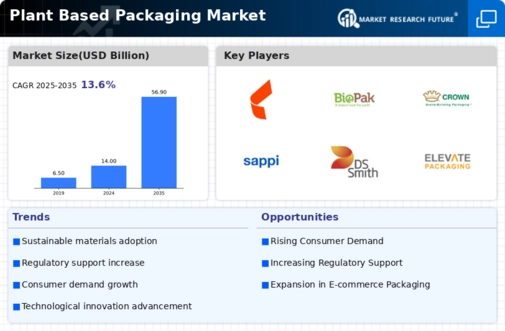
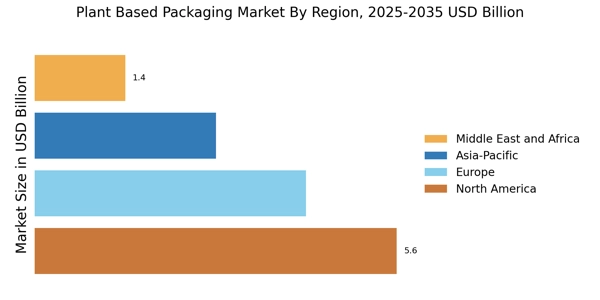

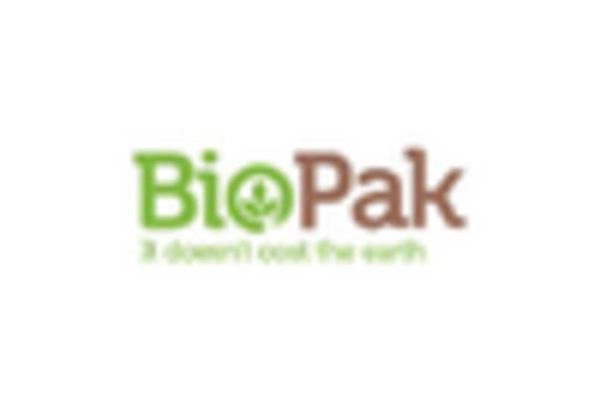

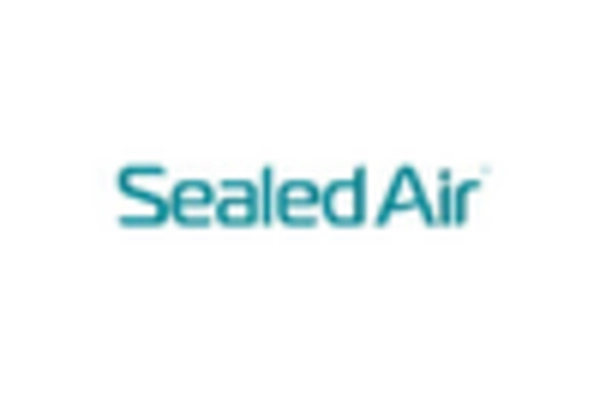

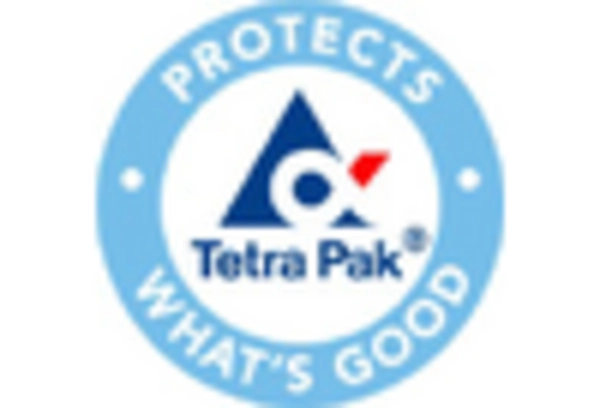








Leave a Comment